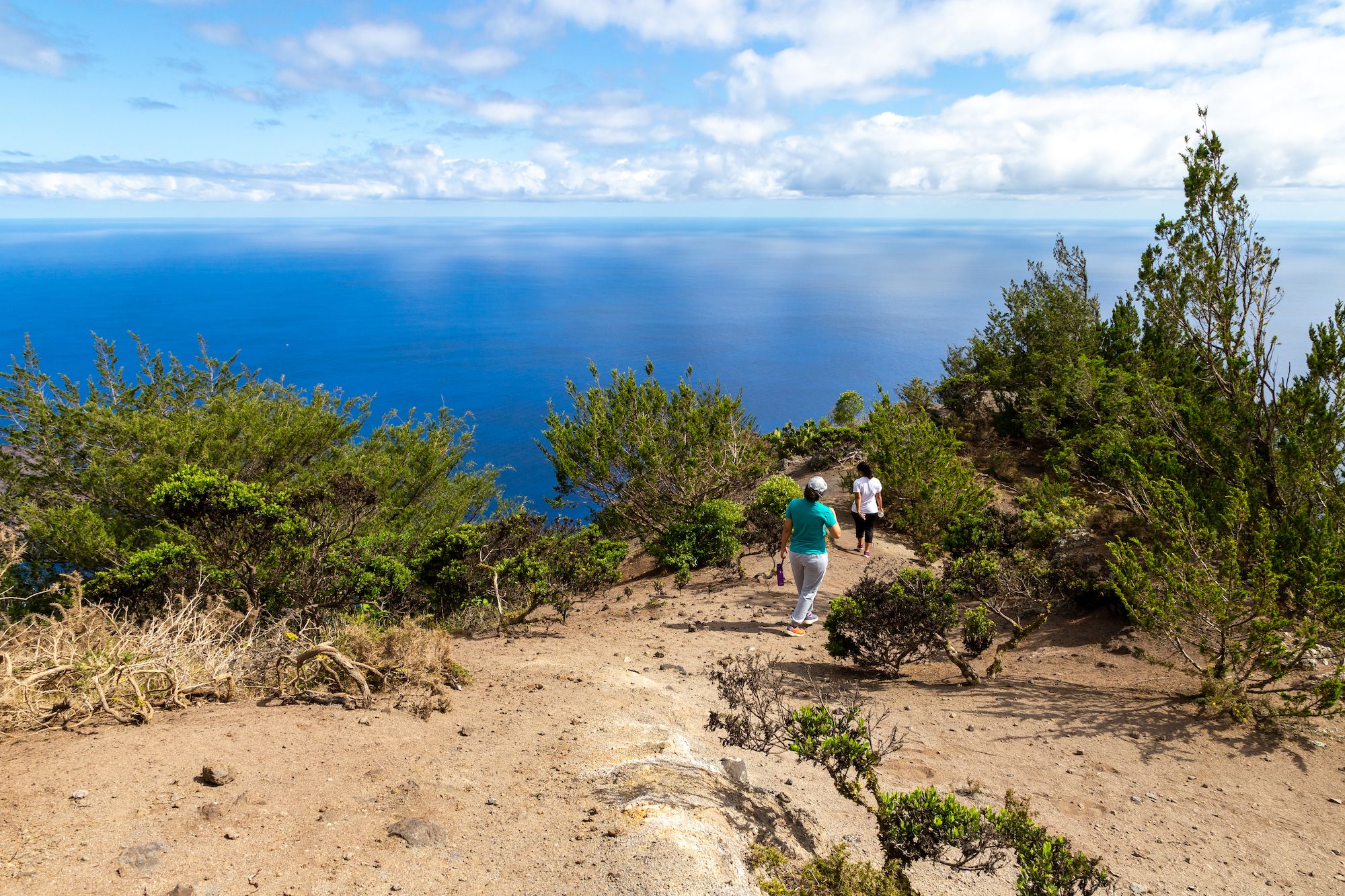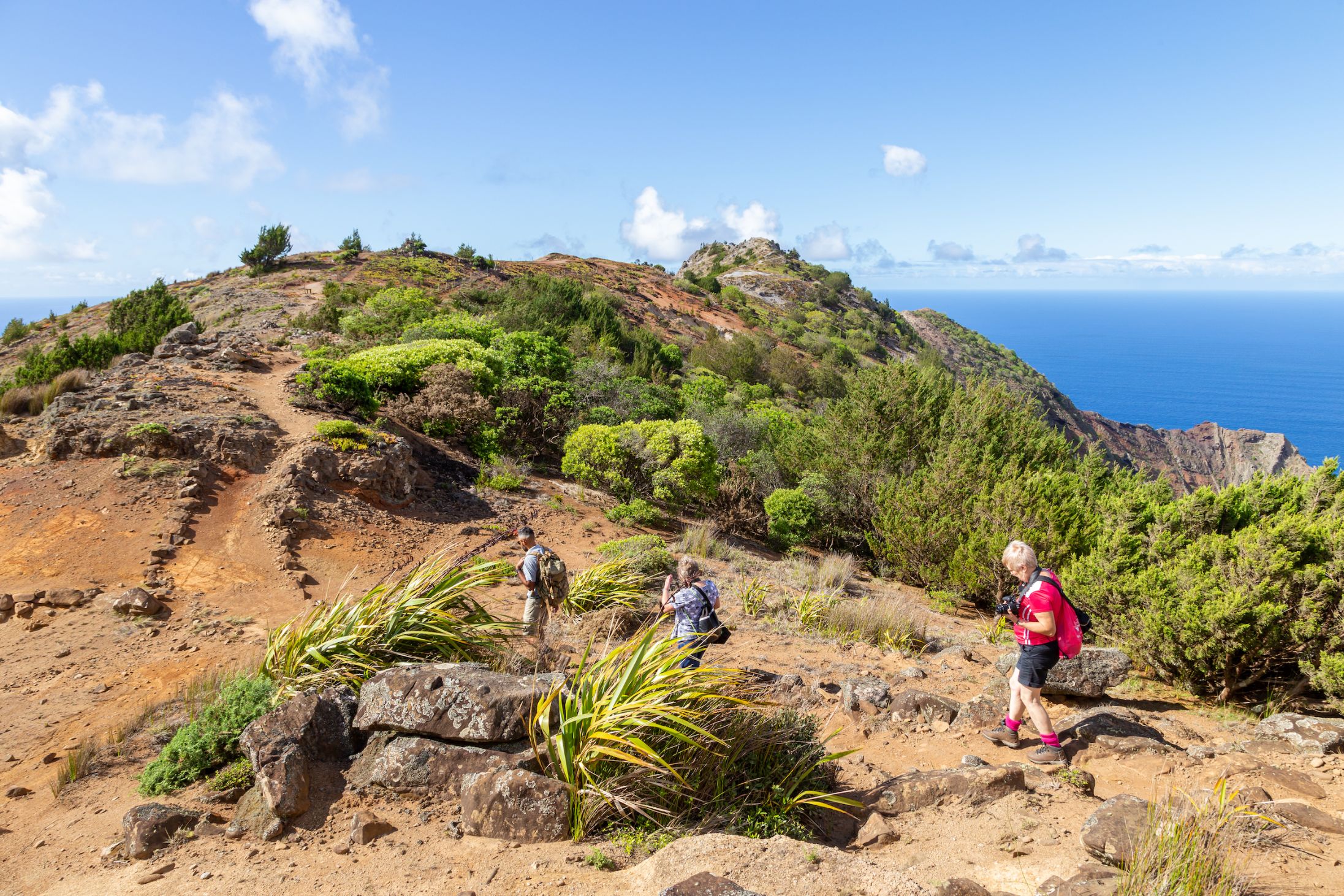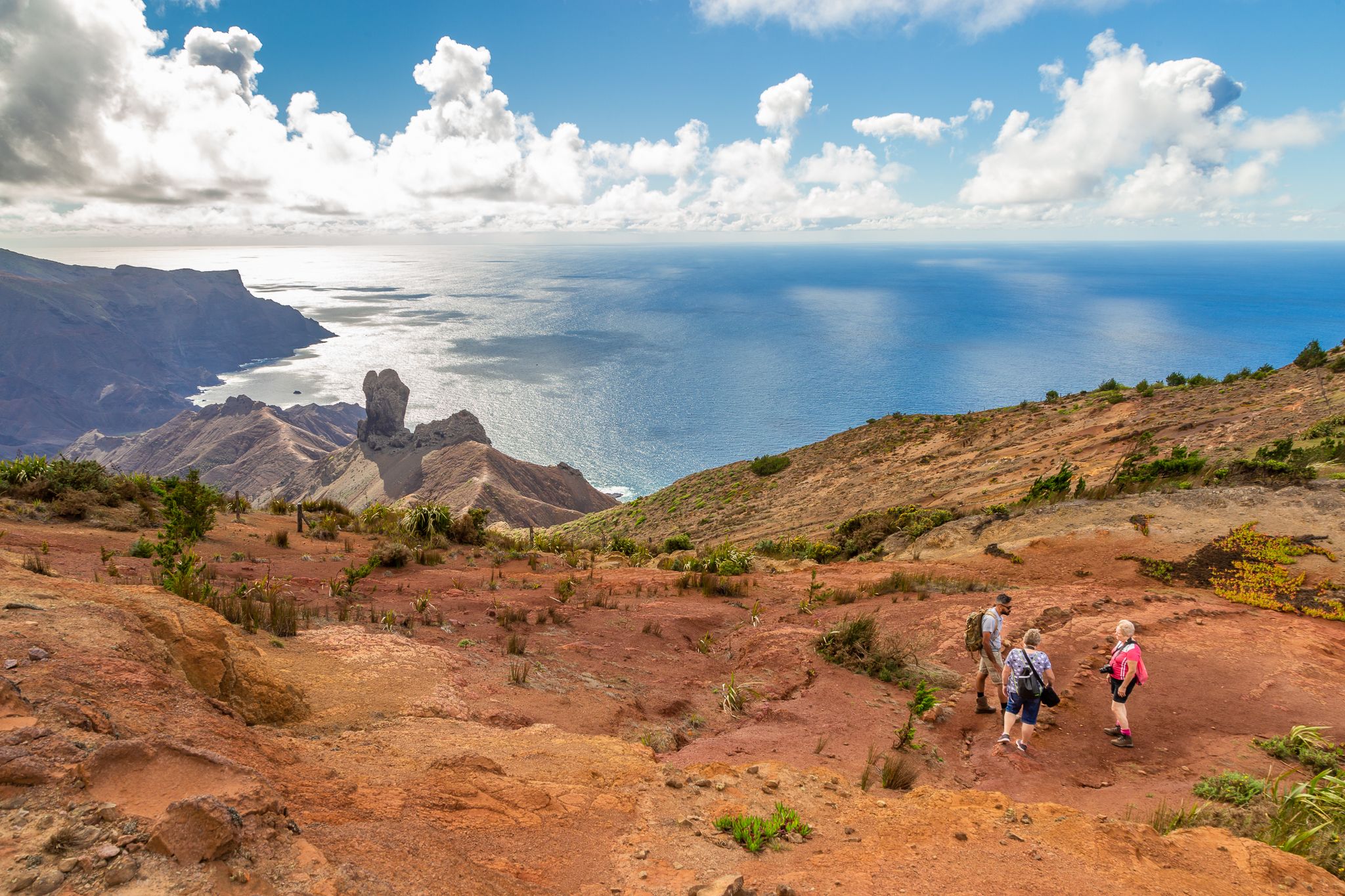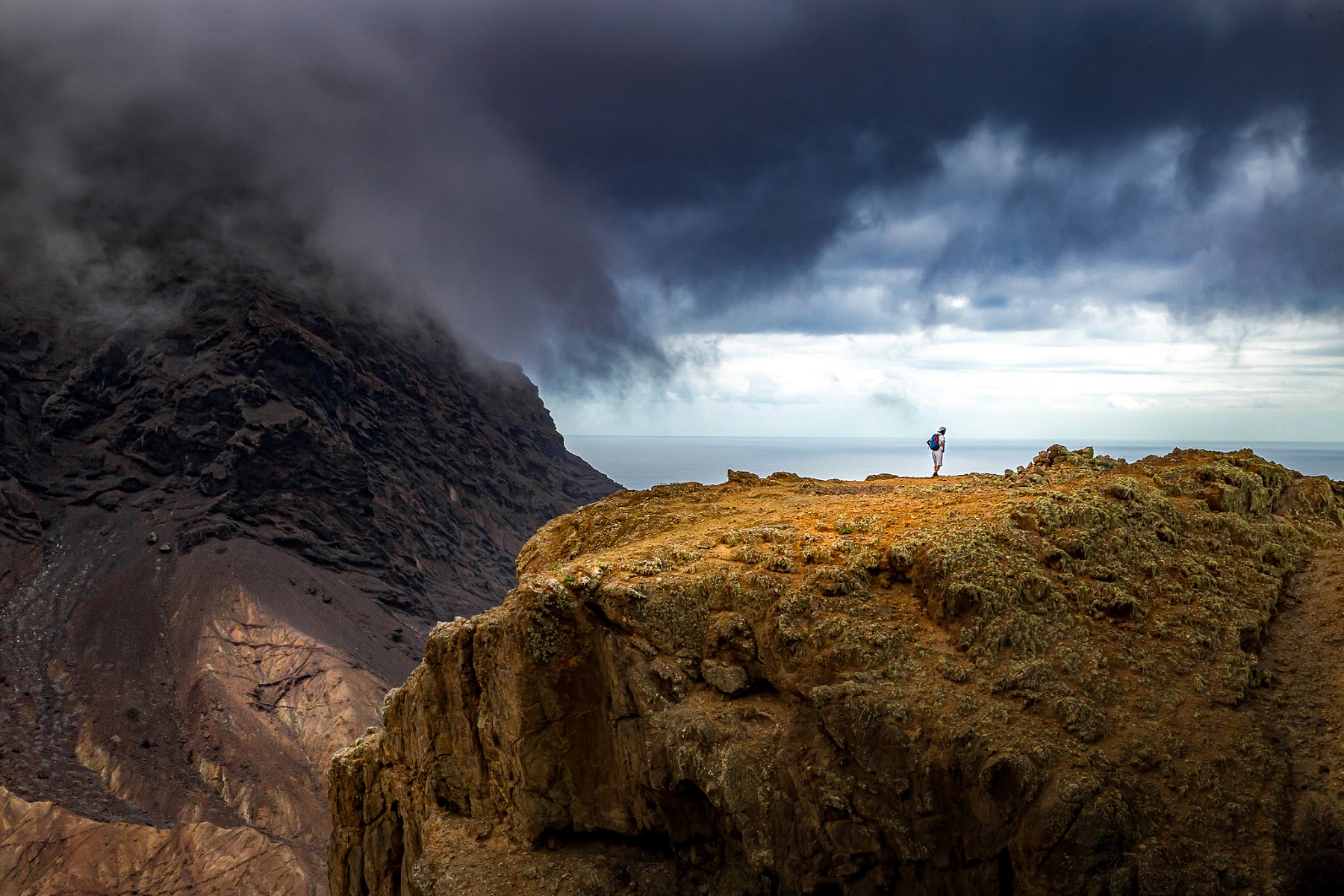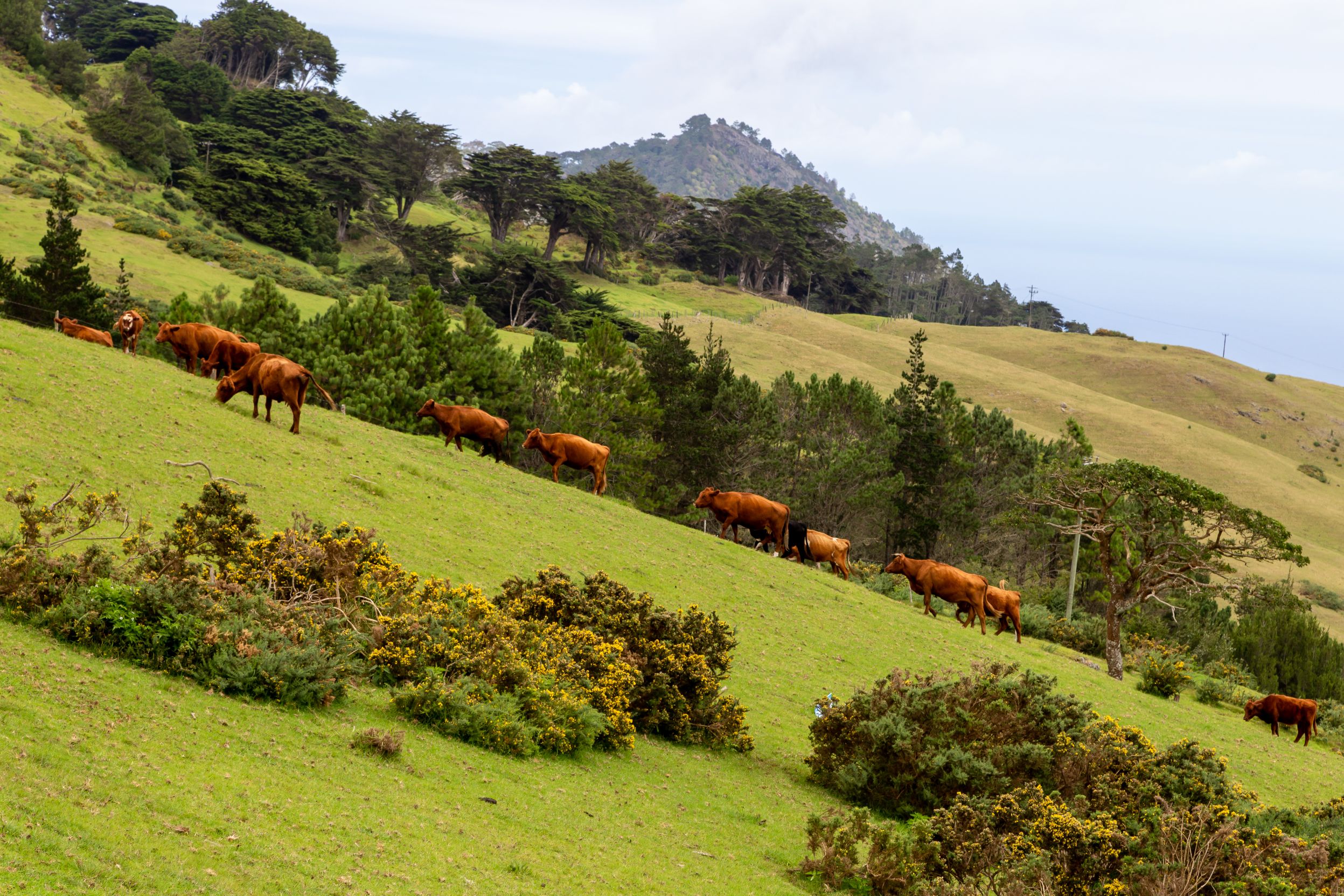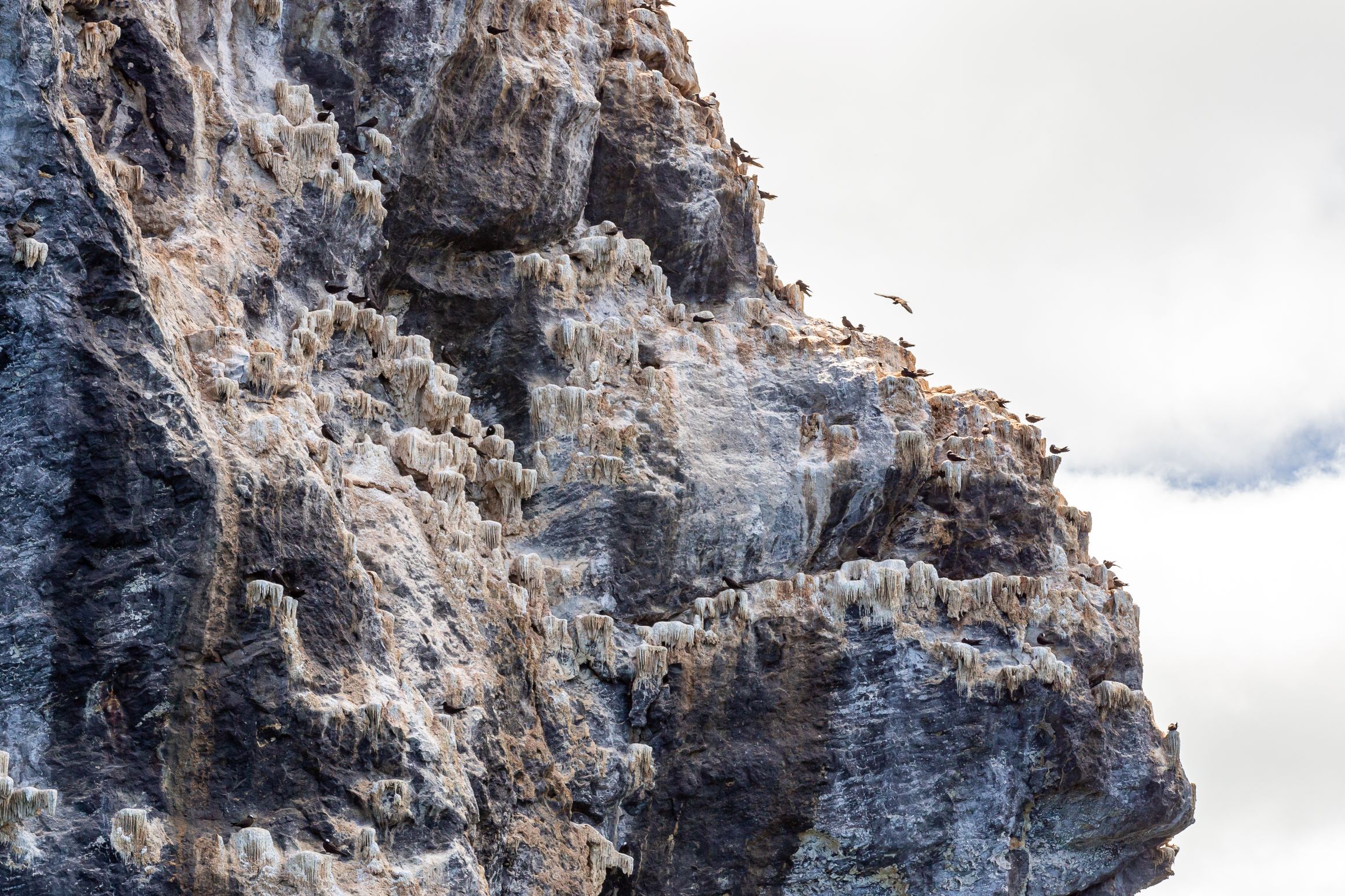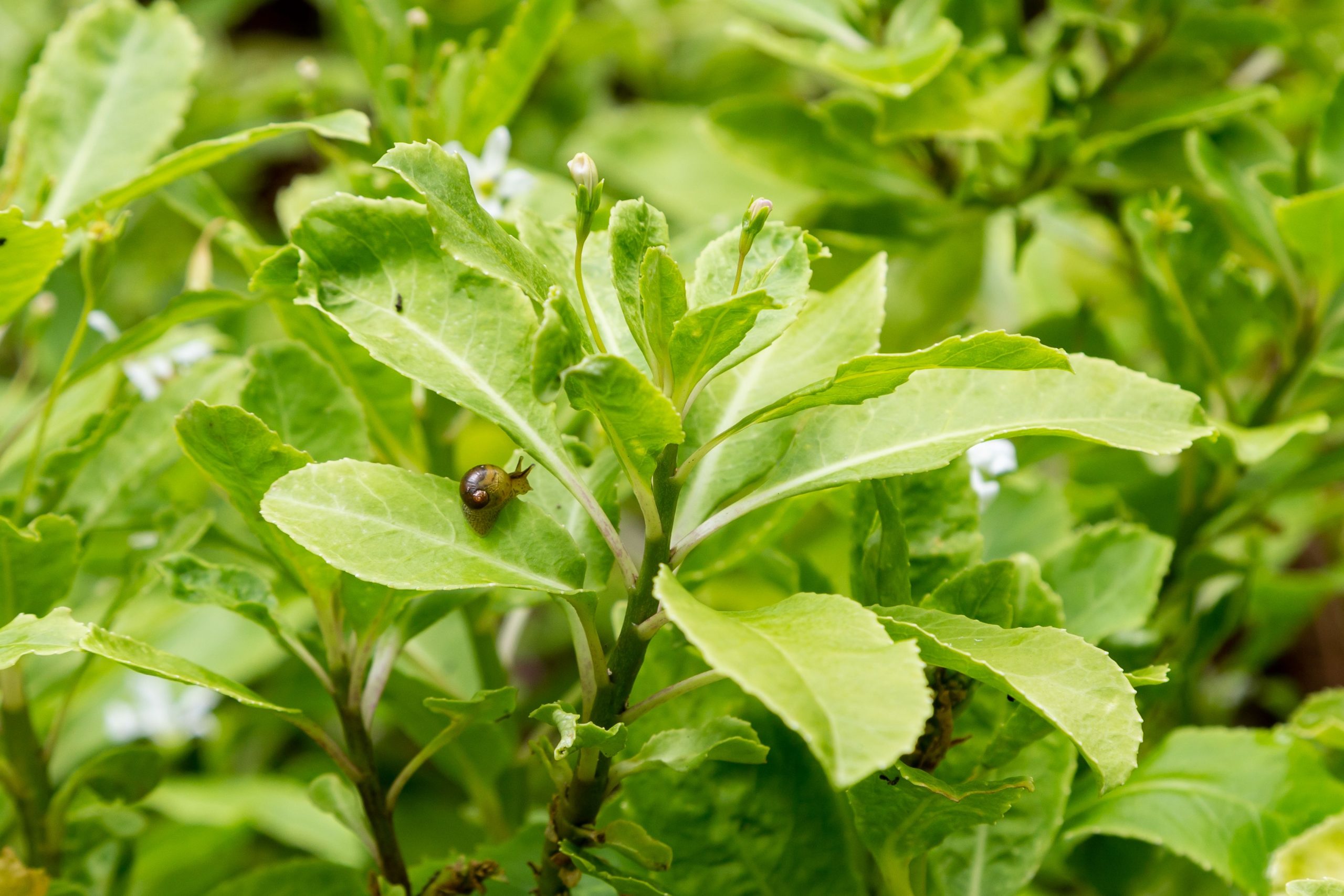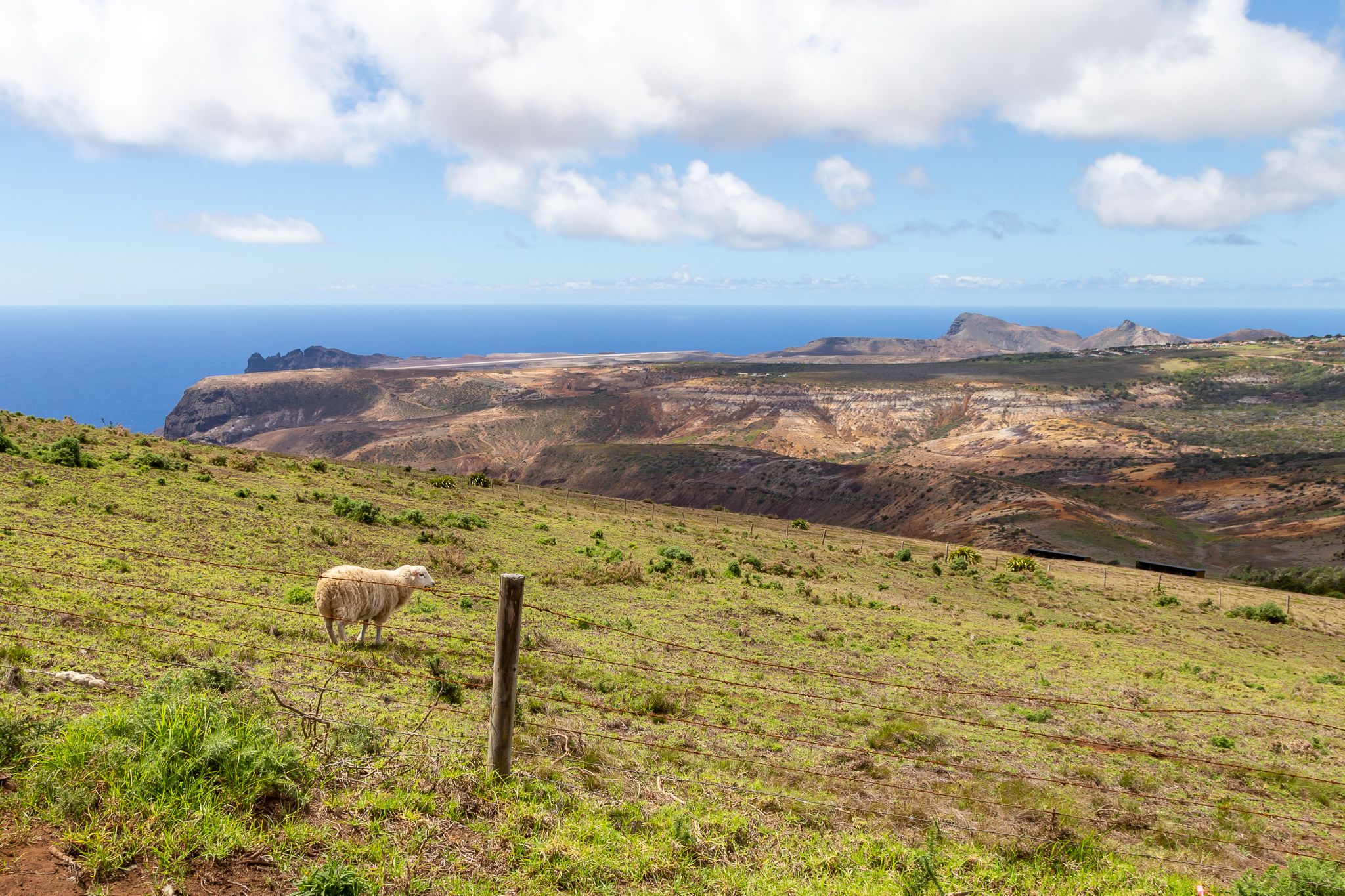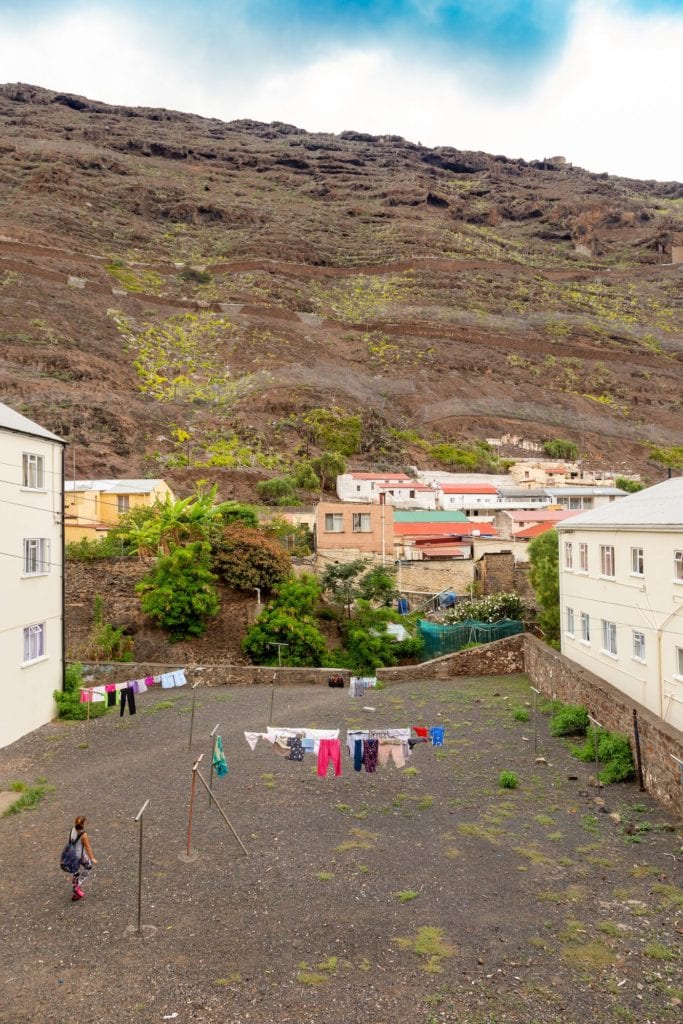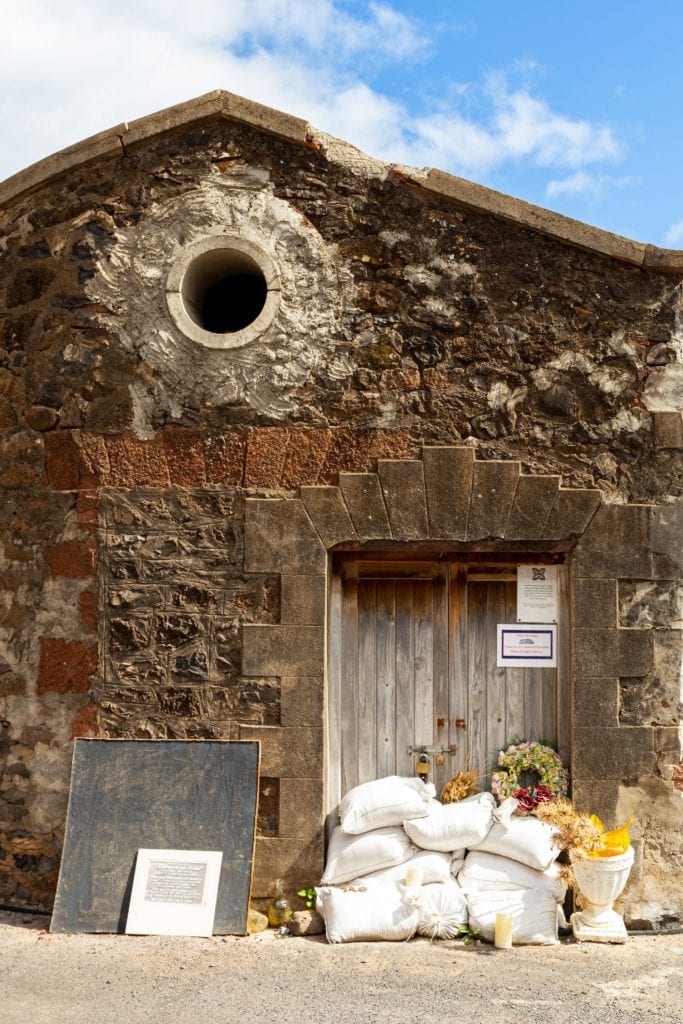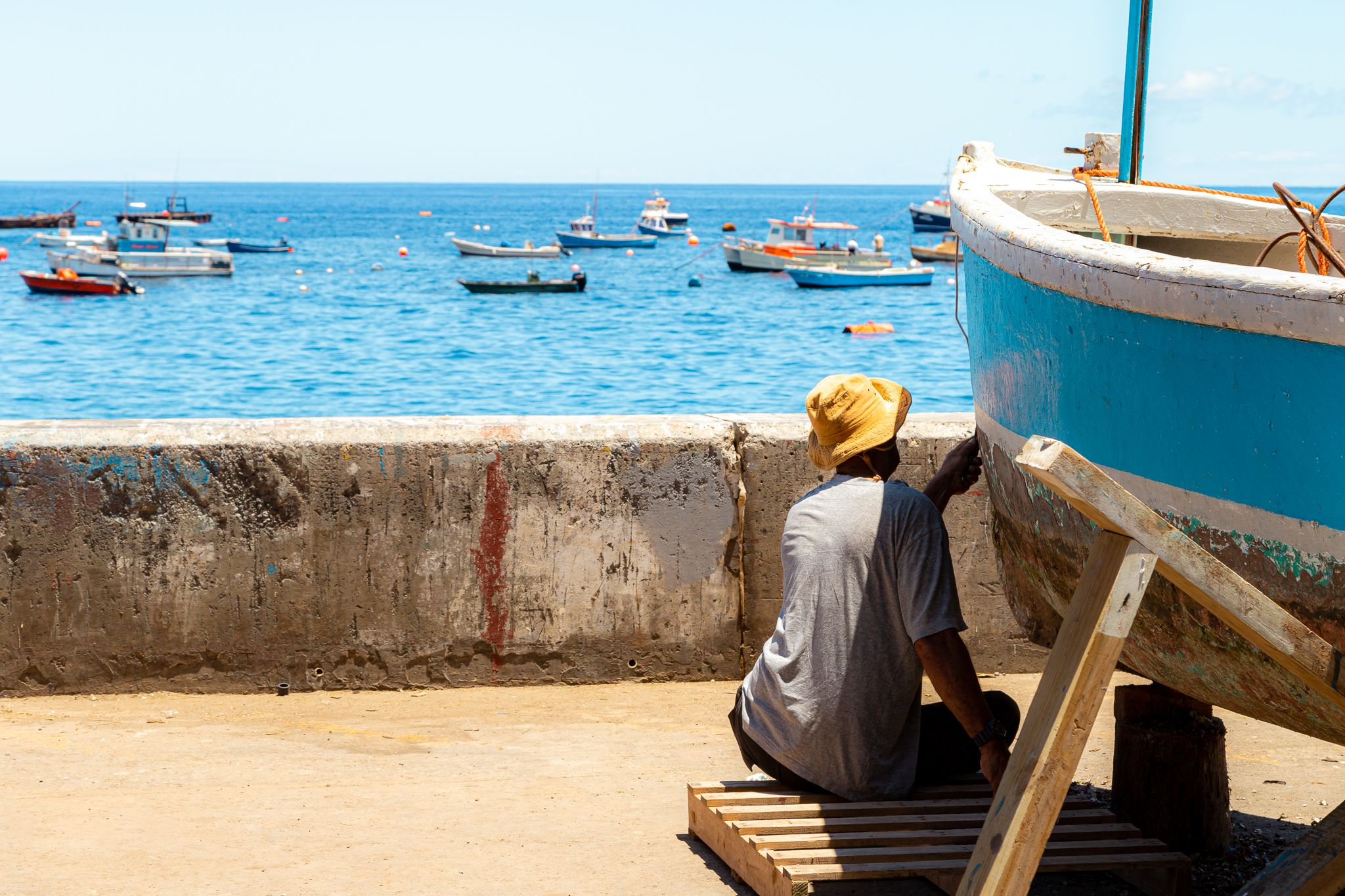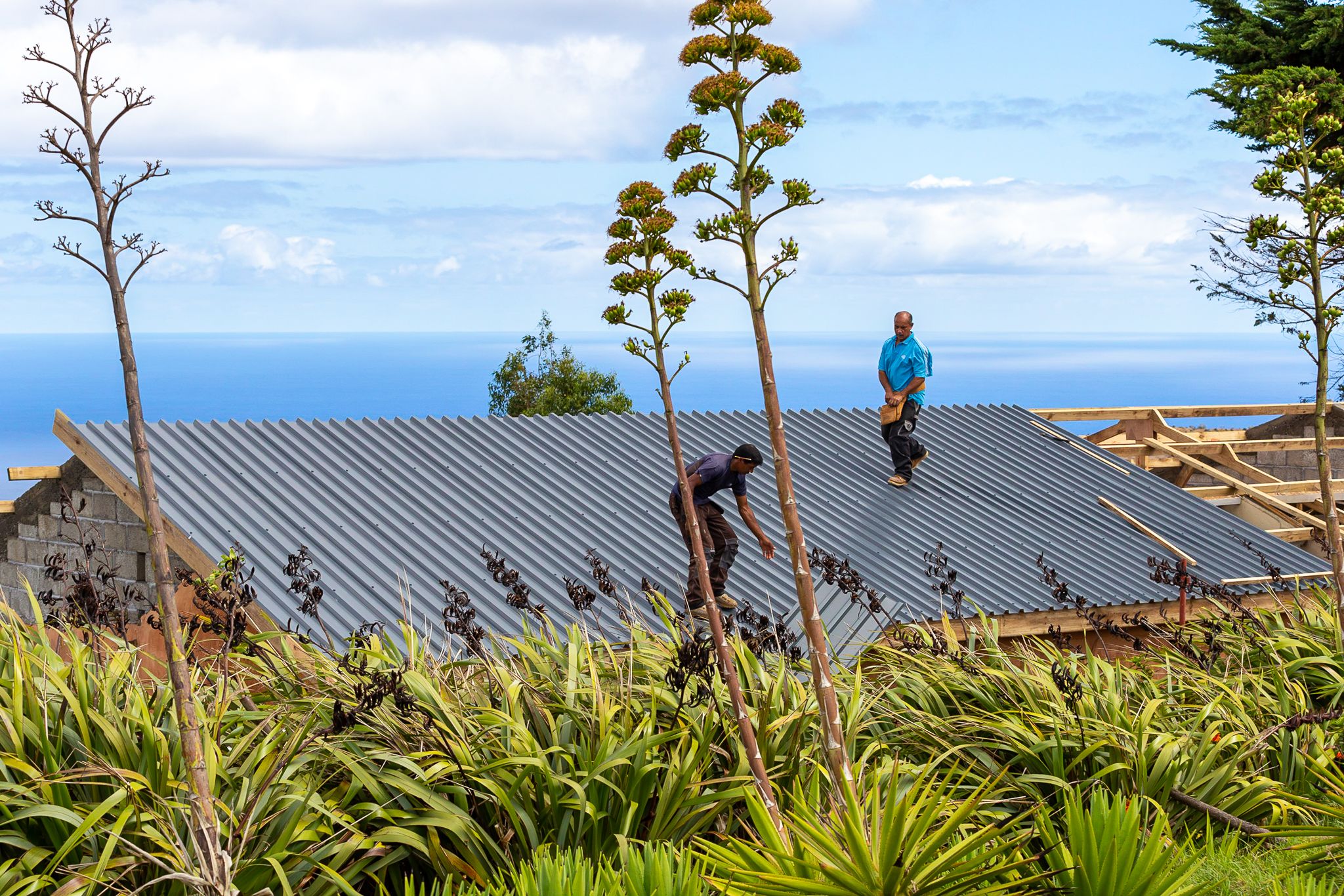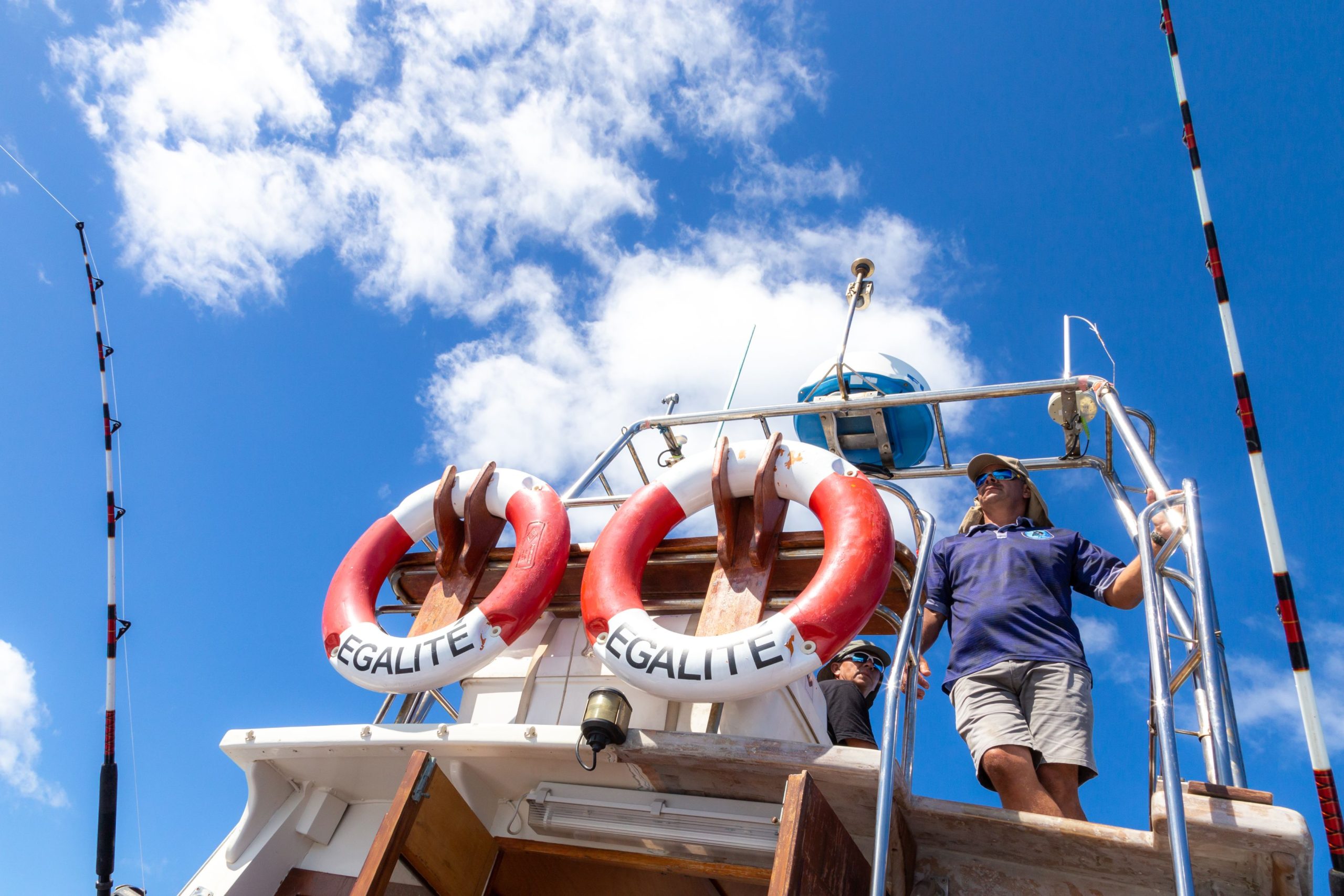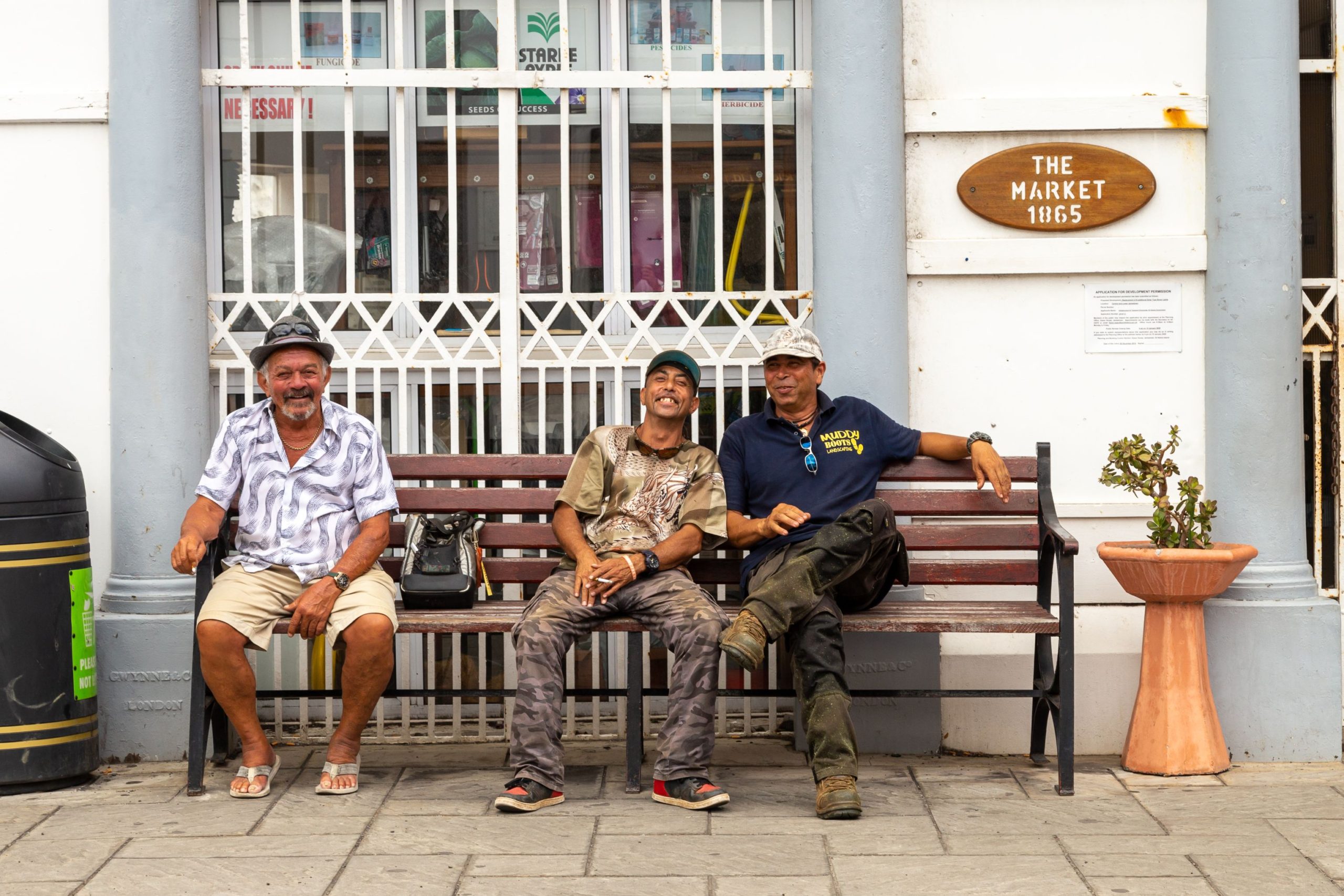Photographer Mathias Falcone recently spent a week in the South Atlantic on St Helena, one of the most remote inhabited islands on the planet. Here, he shares his favourite photos and stories from his time exploring this British Overseas Territory.
The landscapes
St Helena is the ultimate theme park for nature lovers: volcanic landscapes, vegetation that mutates constantly while you drive up and down the hills, and fantastic coastal scenery.

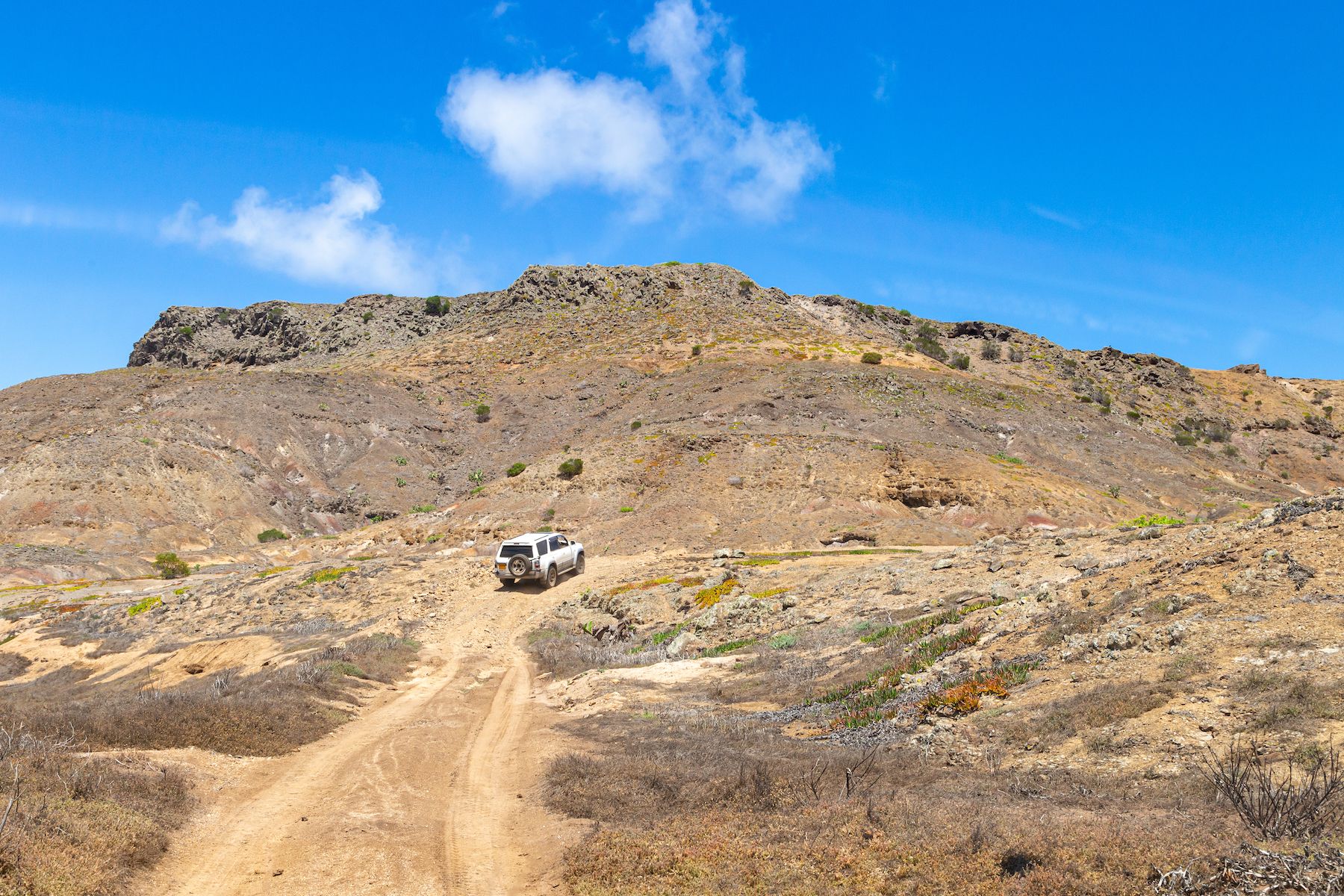

That’s not to mention the vast tracts of wilderness, brimming with endemic fauna and flora, all of which are surrounded by crystalline ocean waters that are of legendary reputation among scuba divers.


The hiking opportunities
Hiking in a must on St Helena, as rugged landscapes and steep tracks constitute the vast majority of the island’s surface.
Many of them are no walk in the park, but they are worth the challenge: every walk comes with unique colours and panoramas.
The unique flora and fauna
St Helena is home to over 500 endemic plant and animal species –about a third of the whole endemic presence in British Overseas Territories.
The St Helena plover, more commonly known as the ‘wirebird’, has become symbol of the island.
The more you explore, the more you’ll find yourself face to face with new animals. The wonderfully named ‘blushing snail’ belongs to the Succineiade amber snail family, and can be found only in St Helena. It’s the only indigenous snail still present on the island.
Jonathan the tortoise
Jonathan is the oldest living terrestrial animal on the planet. Hatched in 1832 in the Seychelles, he was brought to St Helena towards the end of the 19th century and recently turned 188 years old.


He spends his days roaming the Governor’s House garden in the company of three younger tortoises.
Jamestown
The capital of St Helena was founded in 1659 and is connected to the above Ladder Hill Fort by the impressive Jacob’s Ladder – a nail-biting stairway of 699 steps.

The town can be comfortably walked in a couple of hours. Vintage doors and independent shops line the streets, and welcoming faces tend to pop out at every corner as tourists are very welcome around here. Some of them will happily narrate spooky legends behind the most ancient building in town.
The locals
Saint Helenians are a hard-working, friendly bunch and they talk incredibly fast – I mean, really fast – in an unusual dialect made of shortened and new words of all sorts.
I was impressed by their strong bond with nature, a relationship of mutual respect that has allowed the population and the island’s ecosystem to prosper together throughout the centuries.
More information on St Helena
To read more about St Helena and the (sort of) neighbouring islands of Ascension and Tristan da Cunha, check out our guidebook.
